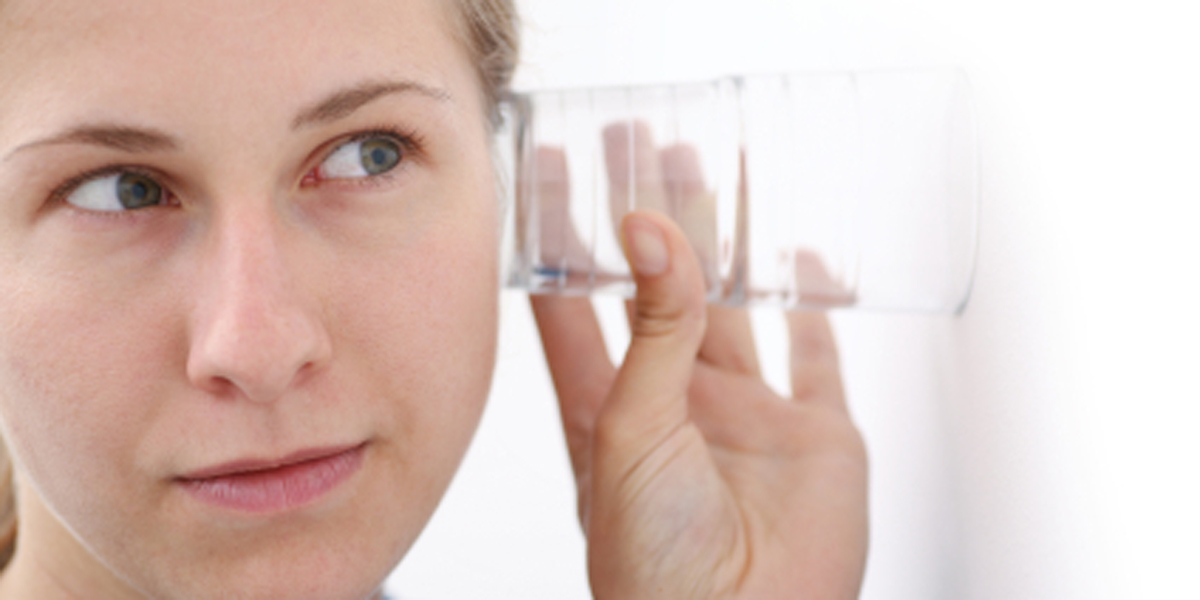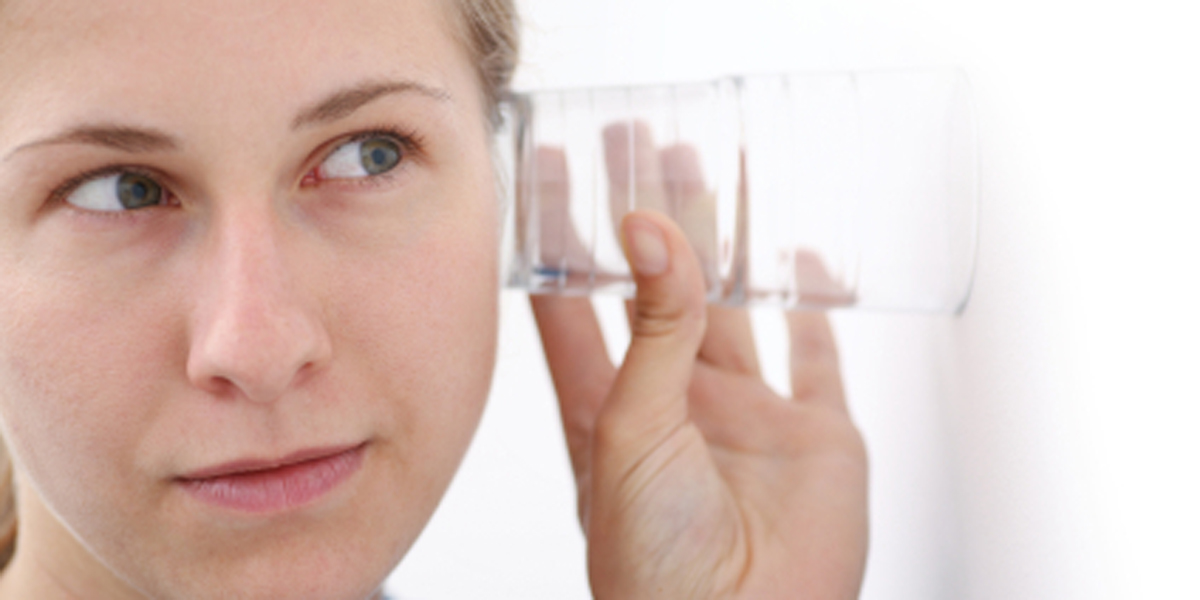Eve Fools Alice and Bob
In the 1960s, physicists agonizing over the apparent paradoxes of quantum mechanics posed a question: Could quantum strangeness be explained by a deeper theory with correlations augmented by local hidden variables? In the midst of the debate, John Bell published a set of bounds on the possible correlations of entangled systems. If the correlations obeyed Bell’s inequalities, then they were classical; violations indicated quantum behavior. Since then, it has been tempting to assume that Bell’s inequalities are the gold standard for distinguishing quantum character from classical counterfeits. But what if there are loopholes in the fine print? And what about the security of quantum cryptographic techniques that depend on Bell tests of quantum correlations?
Writing in Physical Review Letters, Ilja Gerhardt, from the National University of Singapore, and colleagues report experiments showing that an eavesdropper, Eve, can use such loopholes to make classical correlations appear quantum to Alice and Bob, two parties in a supposedly private communication. The result reveals that there are indeed loopholes that must be closed before signing off on the results of a Bell test or before Alice and Bob could completely trust their quantum cryptographic system.
The authors’ experiments used a standard setup for testing Bell inequalities by means of single-photon detectors, crucial tools in quantum information systems. However, their light source was entirely classical, consisting of strong, carefully tailored pulses of light that overwhelm and manipulate the detection process to yield apparently single-photon responses of the desired character. The results show that Bell’s inequalities are a good test of quantum behavior only if all the loopholes in their measurement are closed. It may be essential, the authors conclude, to verify that events are really causally separated and to ensure that the single-photon detectors rarely fail to detect a photon. – David Voss





